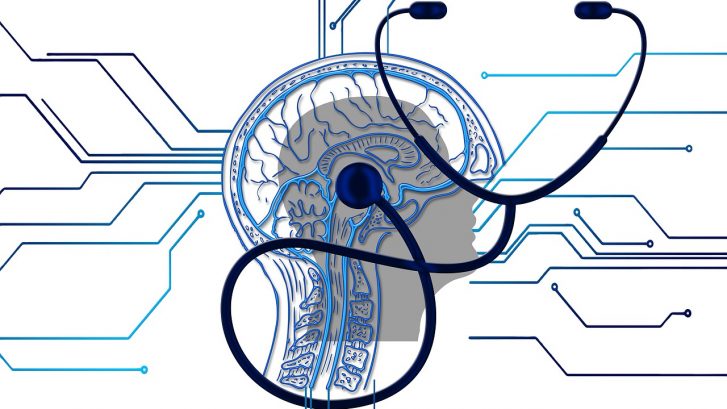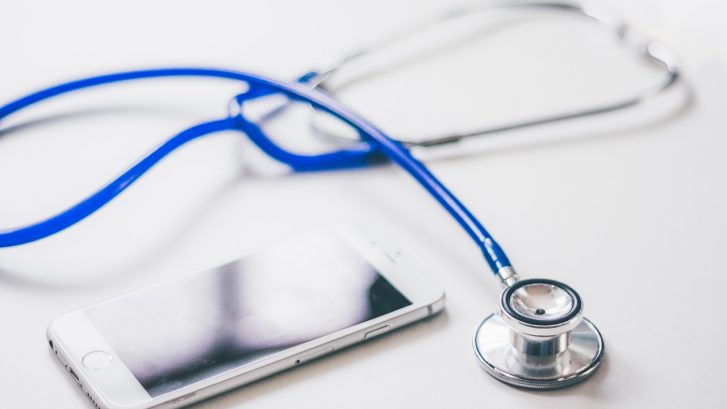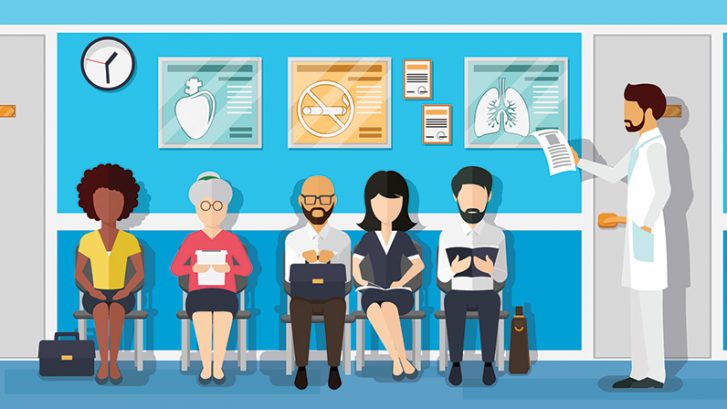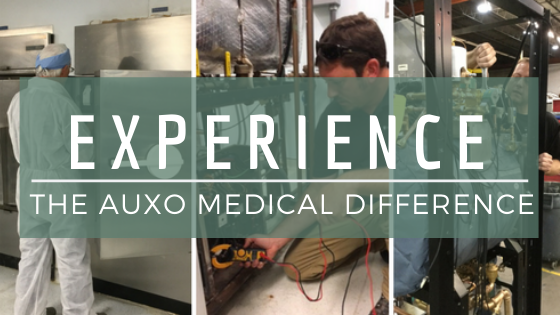According to the World Health Organization (WHO), “Equity is the absence of avoidable or remediable differences among groups of people, whether those groups are defined socially, economically, demographically, or geographically.”
The WHO goes onto explain, “Health inequities involve more than inequality with respect to health determinants, access to the resources needed to improve and maintain health or health outcomes. They also entail a failure to avoid or overcome inequalities that infringe on fairness and human rights norms.”
Systematic variances among different population groups have been in the news for years and is once again making headlines in recent weeks. Compared to other industrialized countries, the United States has historically ranked low on measures of health equity. Additionally, a 2017 report shows a wide variation of disparity in health status by state.
The economic strain of health disparities in America is expected to increase to $126 billion in 2020 and rising to over $350 billion by 2050 if the disparities stay the same.
Health gaps among different race populations in the U.S. is due in part to decades of systematic inequality — from housing to the economy, to the infrastructure of healthcare systems.
According to the Center for American Progress, in 2017, over 10% of African Americans or Black Americans were uninsured, compared to nearly 6% of non-Hispanic whites. Additionally, over 12% of African Americans (under the age of 65) reportedly had no health insurance coverage.










